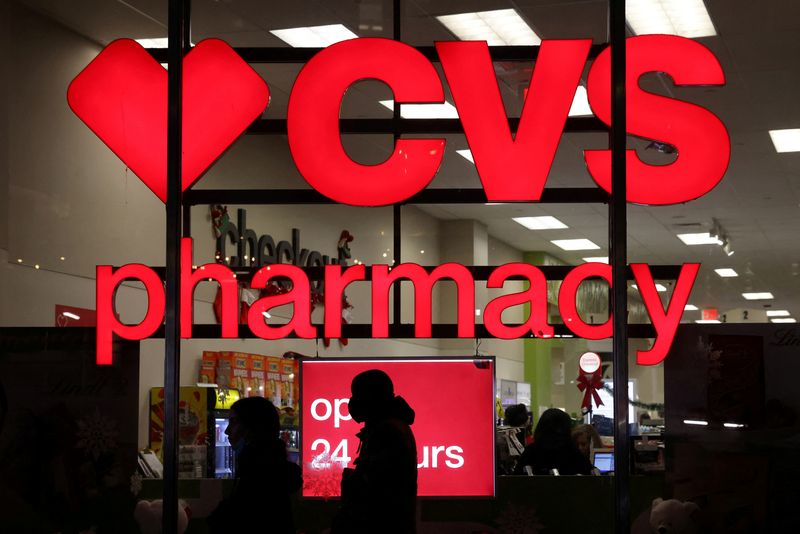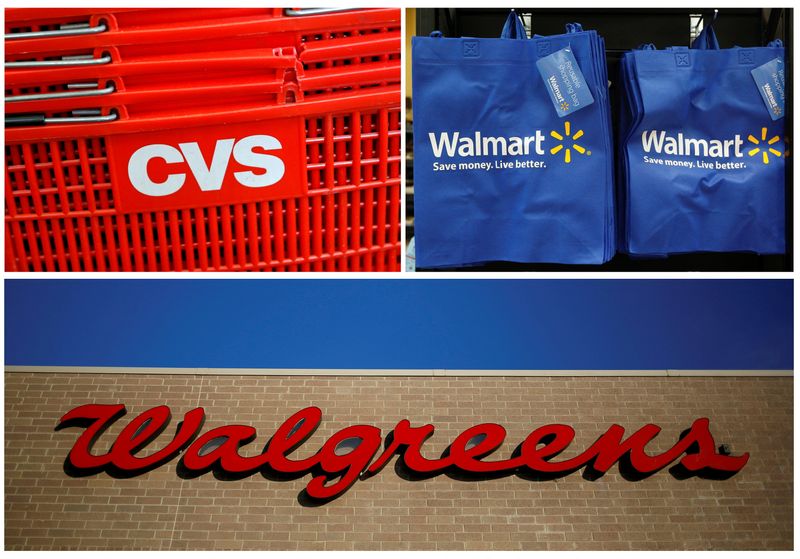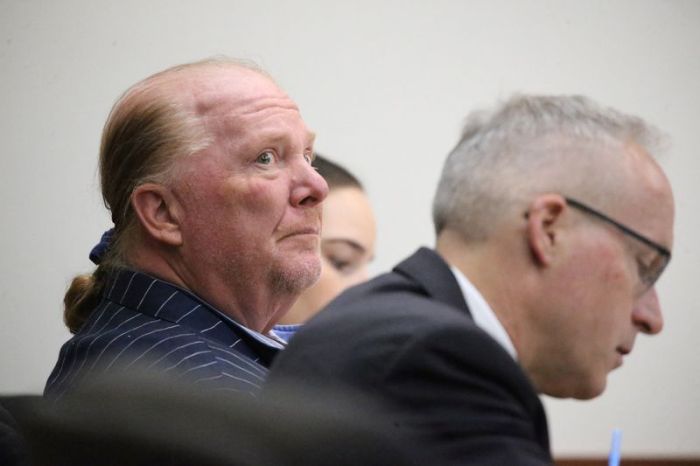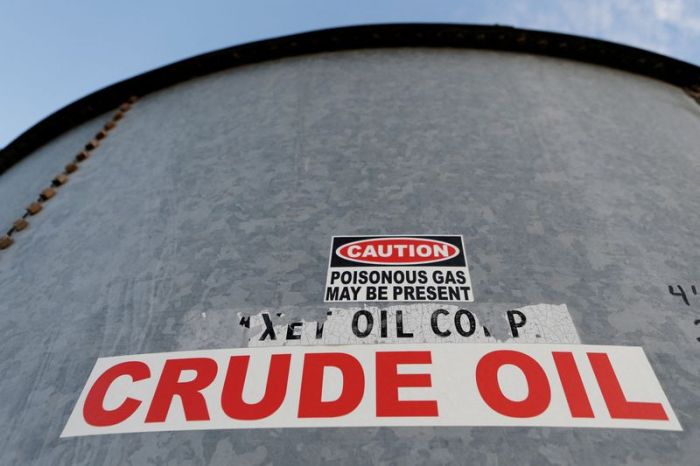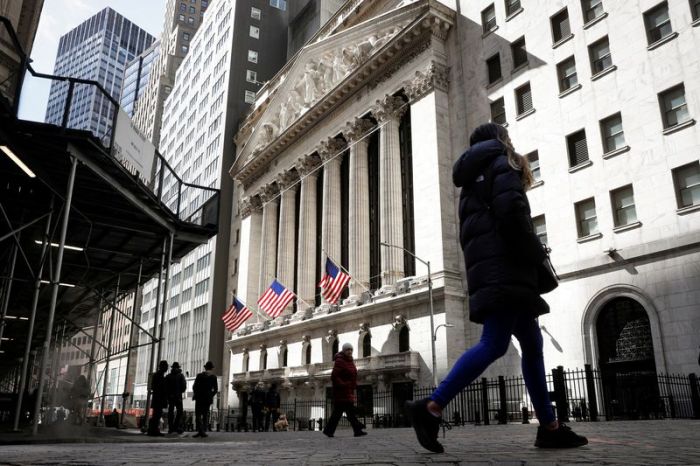By Grant Segall and Dietrich Knauth
CLEVELAND (Reuters) -A lawyer for two Ohio counties said on Monday that CVS Health Corp, Walgreens Boots Alliance Inc and Walmart Inc should fund an $878 million plan to address the opioid crisis there, as a first-of-its-kind trial got underway to determine the pharmacy chains’ contribution.
A federal jury decided in November that the companies created a public nuisance by flooding Ohio’s Lake and Trumbull counties with addictive prescription pain pills that wound up on the black market, in the first trial the pharmacy chains faced over the crisis.
Now, the counties want the companies to fund a $878 million five-year plan that Mark Lanier, a lawyer representing the counties, said on Monday was aimed at solving the opioid crisis rather than allocating blame.
Lanier’s remarks came at the start of a two-week trial before U.S. Judge Dan Polster in Cleveland, who will decide how the companies should correct a public nuisance caused by prescription opioids.
“I’ve been tasked to do something that no other federal judge in our country has been tasked to do,” Polster said at the start of a non-jury trial.
CVS, Walgreens and Walmart have denied the counties’ claims and said they would appeal the November verdict. The companies have offered to fund a one-year program to buy back unused prescription opioid drugs in the two counties. They argue that Ohio’s public nuisance law only requires them to stop the nuisance identified by the jury – an oversupply of prescription drugs – and not to address all of its harmful effects on the communities.
The companies argued that if they must do more than buy drugs back, they should not be forced to cover costs related to illegal drug use.
The counties have argued that illegal drug use must be addressed at the trial, since addictions caused by the oversupply of prescription drugs created a market for illicit drugs like heroin and synthetic fentanyl.
The U.S. opioid epidemic has caused more than 500,000 overdose deaths over two decades, according to government data. More than 3,300 opioid lawsuits have been filed nationally against drugmakers, distributors and pharmacy chains, leading to a recent wave of proposed settlements.
The Ohio counties’ public nuisance theory has rarely been tested at trial, and has had mixed results in other courts.
Oklahoma’s top court on Nov. 9 overturned a $465 million judgment against Johnson & Johnson, and a California judge in November ruled in favor of four drugmakers in a case brought by several large counties.
A New York jury in December found drugmaker Teva Pharmaceutical Industries Ltd responsible for causing a public nuisance in the state, although the amount Teva must pay will be determined in a trial later in 2022.
(Reporting by Grant Segall in Cleveland and Dietrich Knauth in New York; editing by Bill Berkrot)

